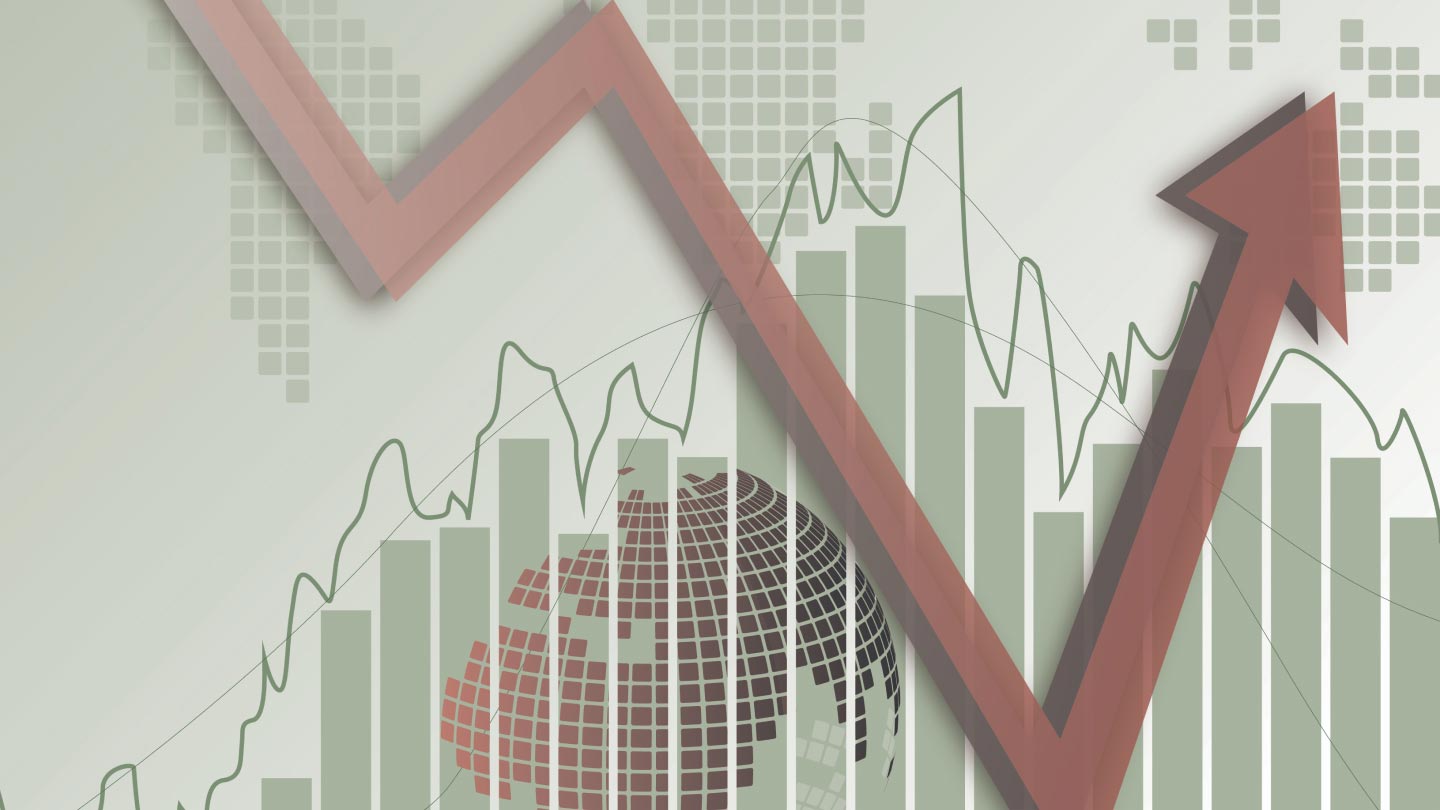
Key takeaways
- In light of recent economic developments, J.P. Morgan Research has raised the probability of a U.S. and global recession starting before end-2024 to 35%.
- The probability of a recession happening by the end of 2025 remains unchanged at 45%.
- With inflation coming down, J.P Morgan Research now sees a 30% chance the Fed will keep interest rates high-for-long, which is down from 50% two months ago.
After a year of surprisingly strong growth, the U.S. economy is now showing signs of slowing. The July jobs report was softer than expected, with the unemployment rate rising for the fourth straight month — sparking a market sell-off and heightening fears of an impending recession.
What is the probability of a recession?

The market outlook at mid-year: A long road to normal
In light of recent economic developments, J.P. Morgan Research has raised the probability of a U.S. and global recession starting before end-2024 to 35% — up from 25% in its mid-year outlook.
“Important elements of our growth forecast are being challenged. U.S. news hints at a sharper-than-expected weakening in labor demand and early signs of labor shedding. The latest business surveys also suggest a loss of momentum in global manufacturing and in the Euro area — weak links in the expansion that we have expected to lift this year,” said Bruce Kasman, Chief Global Economist at J.P. Morgan. “On the other hand, these forces are being tempered by solid continued gains in overall activity, led by the service sector.”
As Kasman observed, however, the vulnerabilities associated with a recession — such as sustained profit margin compression, credit market stress, and energy or financial market shocks — are notably absent. “As such, we have only modestly increased our assessment of near-term recession risk to 35%,” he added.
Looking ahead, the probability of a recession happening by the end of 2025 remain unchanged at 45%. “While recognizing additional uncertainties related to the political backdrop, we have not altered our assessment of the probability of a recession by the end of next year,” Kasman said.
Global recession outlook
What is the outlook for interest rates?
With inflation coming down, J.P Morgan Research now sees a 30% chance the Fed will keep interest rates high-for-long, which is down from 50% two months ago.
“The modest increase in our assessment of recession risk contrasts with a more substantial reassessment we are making to the interest rate outlook. This is driven by the correlated shifts in growth and inflation risk that are shaking the gradualism narrative in current central bank rate guidance,” Kasman explained. “Specifically, there has been a material positive shift in the risk profile on U.S. inflation as strong supply-side performance combines with moderating labor demand to ease labor market pressure.”
U.S. wage inflation is now slowing more than in other developed market (DM) economies, while U.S. unit labor costs are now at a level broadly consistent with the Fed’s inflation target. These easing labor market conditions suggest that the Fed’s current policy stance is restrictive.
“Taken together, these developments warrant a break from gradualism and we expect the Fed to make a level adjustment in its policy stance that lowers rates by at least 100 basis points through year-end,” Kasman said.
However, these rate cuts might not necessarily be mirrored elsewhere around the world, especially as the risk shift on inflation is U.S.-centric. “Our experience shows that the pass-through of Fed policy changes to other economies is limited in the absence of a synchronized shift in macroeconomic fundamentals and financial market conditions,” Kasman noted. “As a result, there is a good chance that the shift away from gradualism we now expect from the Fed will not be reflected more broadly.”
“Taken together, these developments warrant a break from gradualism and we expect the Fed to make a level adjustment in its policy stance that lowers rates by at least 100 basis points through year-end.”

Bruce Kasman
Chief Global Economist, J.P. Morgan

.jpeg)